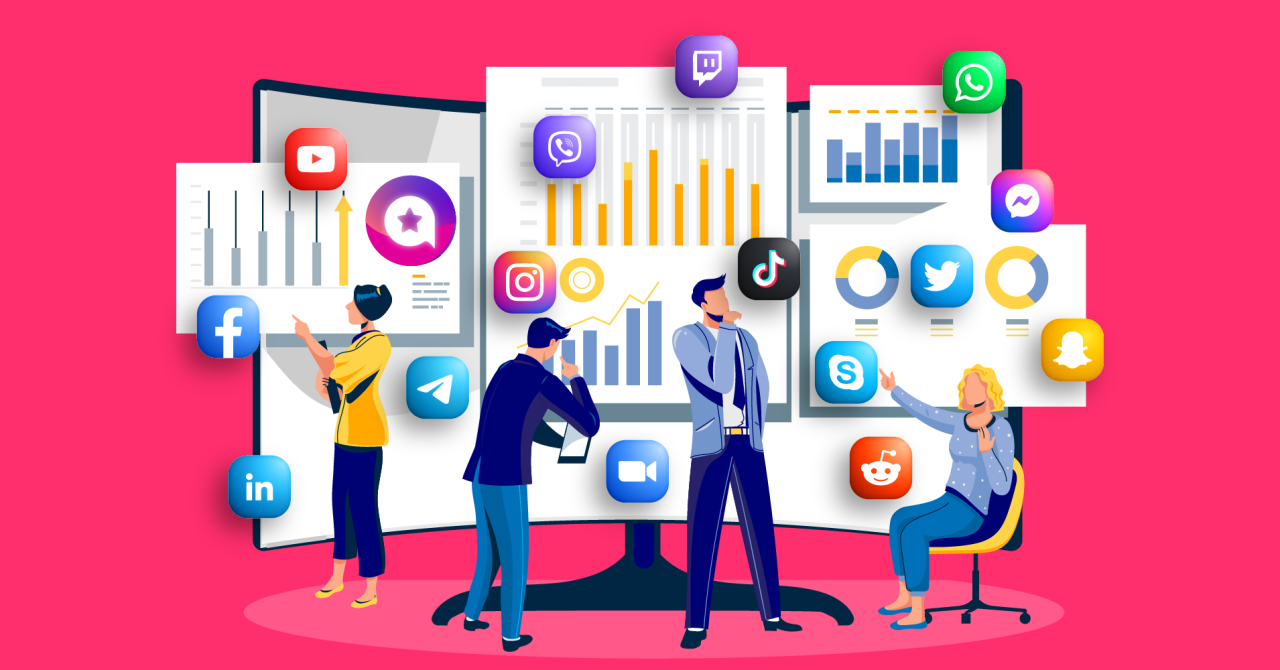As technology advances and consumer behavior shifts, mobile marketing has become an essential component of any effective marketing strategy. With over 6.3 billion smartphone users globally, brands must adapt their marketing strategies to engage this vast audience effectively. In this blog post, we’ll delve into the evolution of mobile marketing strategies, examining key developments over the years and how brands can leverage tools like Boosthing to enhance their mobile marketing efforts.
A Brief History of Mobile Marketing
1. The Birth of SMS Marketing (2000s)
The early 2000s marked the inception of mobile marketing with SMS (Short Message Service) campaigns. Brands began sending text messages to consumers as a direct marketing tool. Initially, this strategy focused on promotions, alerts, and reminders. However, challenges arose with spam, leading to consumer skepticism and regulations surrounding opt-in requirements.
2. The Rise of Mobile Websites (Mid-2000s)
As mobile phones evolved into smartphones, businesses recognized the need for mobile-friendly websites. In 2007, Apple launched the first iPhone, significantly altering how consumers interacted with mobile content. Brands began optimizing their websites for mobile devices, ensuring a seamless user experience. Responsive design became essential as more users accessed the internet via smartphones.
3. The Advent of Mobile Apps (Late 2000s)
With the rise of app stores, brands began developing mobile applications to engage users directly. Apps provided a platform for enhanced user experiences, allowing for personalized content, push notifications, and in-app purchases. This marked a shift from traditional marketing methods to more interactive and engaging strategies.
4. Location-Based Marketing (2010s)
The proliferation of GPS technology enabled brands to implement location-based marketing strategies. Businesses started sending targeted promotions and advertisements based on a user’s location. Check-in services and geofencing became popular tools, allowing brands to engage customers when they were physically nearby.
5. Social Media Integration (2010s)
Social media platforms such as Facebook, Twitter, and Instagram became crucial for mobile marketing strategies. Brands leveraged these platforms to reach wider audiences and engage with customers in real time. User-generated content, influencer marketing, and social commerce emerged as powerful tools for driving engagement and sales.
6. The Emergence of Mobile Video (Mid-2010s)
As mobile internet speeds improved and data plans became more accessible, mobile video marketing gained traction. Platforms like YouTube, TikTok, and Instagram Reels enabled brands to create engaging video content that resonated with consumers. Mobile video advertising became a significant component of marketing strategies, capturing attention and driving conversions.
7. The Rise of Voice Search and AI (Late 2010s)
With the introduction of virtual assistants like Siri, Alexa, and Google Assistant, voice search began to change the mobile marketing landscape. Brands adapted their SEO strategies to accommodate voice search queries, focusing on natural language processing and conversational keywords. Artificial intelligence also started playing a role in personalizing marketing messages and improving customer interactions.
8. The Era of 5G and Enhanced Connectivity (2020s)
The rollout of 5G technology has revolutionized mobile marketing. With faster internet speeds and improved connectivity, brands can deliver richer content experiences, including augmented reality (AR) and virtual reality (VR) applications. This technology enables marketers to create immersive campaigns that engage consumers in innovative ways.
Current Trends in Mobile Marketing Strategies
1. Personalization and Customer Experience
In today’s competitive landscape, personalization is crucial for successful mobile marketing. Brands are leveraging data analytics to tailor marketing messages and content based on individual preferences and behaviors. Providing a personalized experience enhances customer satisfaction and loyalty.
2. Interactive Content
Interactive content, such as polls, quizzes, and augmented reality experiences, is becoming increasingly popular in mobile marketing. Brands are utilizing these tools to engage consumers and create memorable experiences that encourage sharing and participation.
3. Omnichannel Marketing
Consumers engage with brands across various channels, making omnichannel marketing essential. Brands must ensure a cohesive experience across mobile apps, websites, social media, and email. This strategy involves integrating messaging and branding to create a seamless customer journey.
4. Integration of AI and Machine Learning
Artificial intelligence and machine learning are transforming mobile marketing by enabling predictive analytics and personalized recommendations. Brands can analyze consumer behavior and preferences in real-time, allowing for timely and relevant marketing efforts.
5. Sustainability and Ethical Marketing
As consumers become more environmentally conscious, brands are focusing on sustainability and ethical marketing practices. Mobile marketing strategies are evolving to highlight eco-friendly initiatives and transparent practices, resonating with socially conscious consumers.
How Boosthing Enhances Mobile Marketing Strategies
Boosthing offers powerful tools to enhance your mobile marketing efforts:
1. Real-Time Social Proof
Boosthing allows brands to showcase real-time customer engagement and testimonials, providing social proof that can influence potential buyers. By displaying recent purchases and user reviews, you can build trust and credibility with your audience.
2. Engaging Notifications
With Boosthing’s notification features, brands can engage customers with timely updates and promotions directly through their mobile devices. Real-time notifications keep your audience informed and encourage interaction with your brand.
3. Insights and Analytics
Boosthing provides valuable insights into customer behavior, helping brands understand their audience better. By analyzing engagement metrics, you can refine your mobile marketing strategies and create targeted campaigns that resonate with your audience.
4. Enhanced User Experience
Incorporating Boosthing’s tools into your mobile marketing strategy can lead to improved user experiences. By utilizing social proof and engaging notifications, you can create a more dynamic and interactive mobile experience that keeps customers coming back.
Conclusion
The evolution of mobile marketing strategies has transformed how brands engage with consumers. From SMS marketing to the integration of AI and interactive content, businesses must adapt to the changing landscape to remain competitive.
By leveraging tools like Boosthing, brands can enhance their mobile marketing efforts, build trust through social proof, and create engaging experiences that drive customer loyalty. Embrace the evolution of mobile marketing, and position your brand for success in this dynamic environment.



